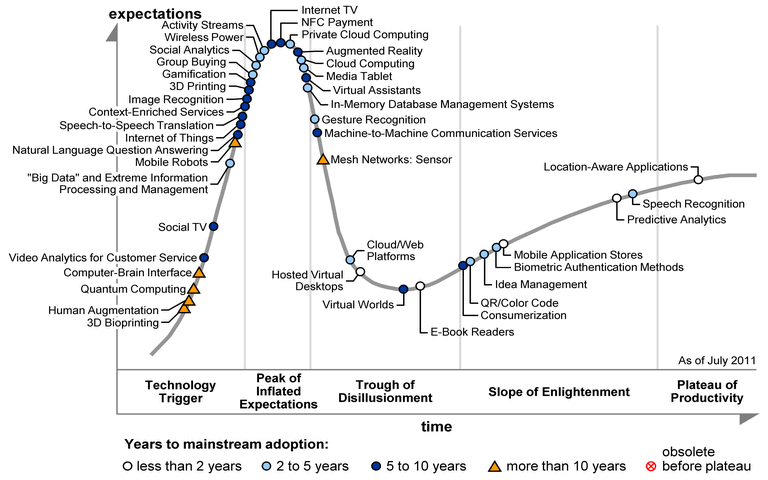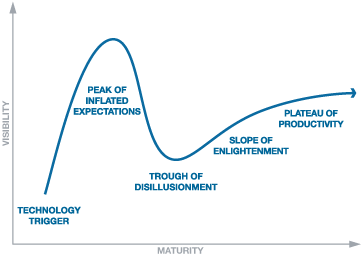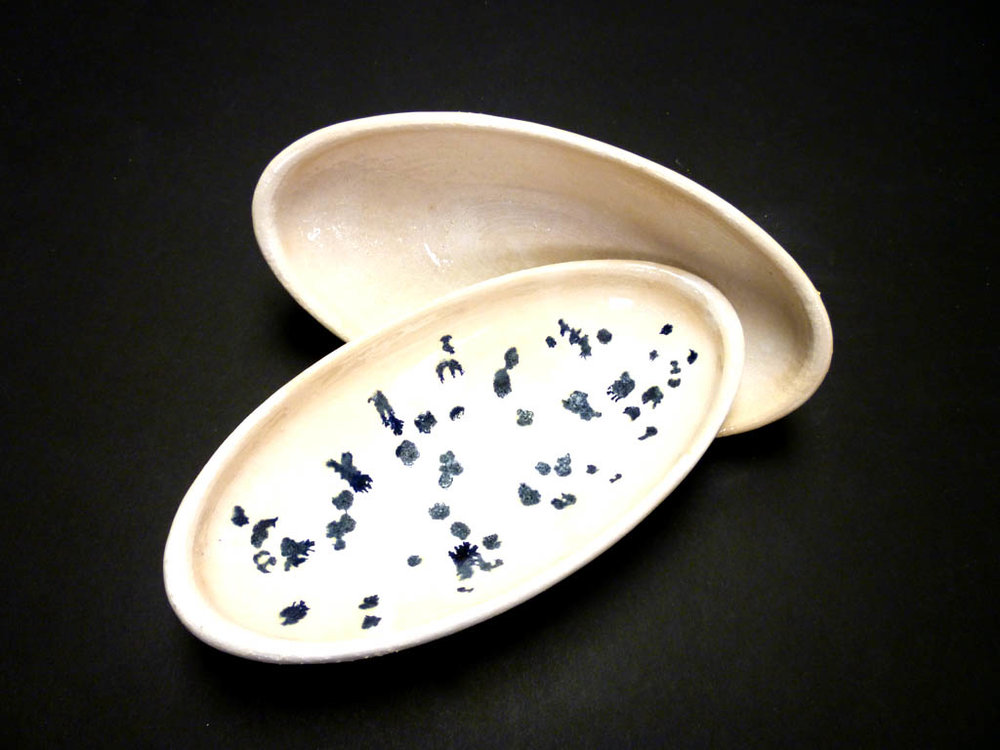Like any new disrupting technology 3D printing — when it matures — has great impact on society. Mass production brought us affordable high quality goods, mass-media brought us high quality entertainment, and up-to-date information and the internet is changing the way we work and live.
As I am writing this post, I realize that this is my thinking today, which has evolved over the last couple of years, and will further evolve over time. I merely want to give structure and body to my thoughts and ideas today. I am sure, I am going to revisit this topic in a 6–12 months from now.
So how will affect 3D printing our daily lives?
To give this question context, let’s assume that 3D printing as a technology keeps on evolving — both in capabilities and cost. 3D printers become local, and you have either one in your home, or you can find one around the corner. I am going way forward in the future here.
The first and foremost effect, I think, is that consumers can become creators again. They are able to manipulate the final product or create one from scratch. There are several routes to take here: one route is that the customer is involved in the product creation process through coöperation with designers or companies. This is called co-creation or mass-customization. Another route is that they become makers themselves, and start creating without the help of others. Software evolves too and becomes more intuitive, and help the user to make useful and meaningful products.
The effect of this change in behavior is that the perception of a product is going to fundamentally change. The product becomes to be an extension of your personality, and defines who you are in a much more profound way than today. A product becomes more valuable and more personal.
The rise of personal fabrication services is already showing that the long tail of products becomes longer — much longer. It enables to create and make niche products available which would never existed before.
In essence, it will change how we consume and perceive products.
Another effect of 3D printing is that the manufacturing industry will change. Large companies, like Apple, totally depend on design, mass-production, mass-distribution and branding to make and sell their products. Take out their added value on production and distribution, and you are left with design and branding. A lot of companies need to adapt, and will experience massive changes in how they operate and are organized. With any disruptive technology, there will be winners, losers and newcomers. For sure, the landscape of products will change, and industries will have to change. People will lose their jobs, and new jobs are created.
Designers can directly deal with customers, and do not need the support of large corporations to produce and distribute their goods. Retail faces yet another challenge, after internet e-commerce companies have taken over part of their role already. One of their key offerings today is instant satisfaction, and 3D printing will take that away as well. What is left is personal service, advice and consultancy.
I expect that both effects of 3D printing or digital manufacturing will have a profound impact on our society. I can think of more, but these are more secondary effects.
The changes will come slow similar to how the internet is affecting our lives today. I think that we are only midway to see and experience the effects of the internet on our lives. 3D printing is still in its infancy. There is so much more to come.


 Wood
Wood  Glazed plaster
Glazed plaster